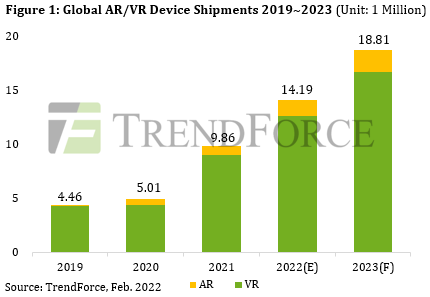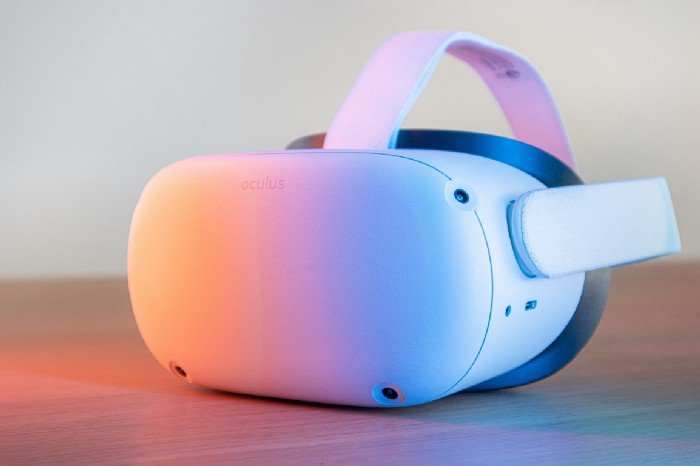Metaverse momentum is fueling VR/AR headset market growth
2023 is forecast to see 18.8 million AR/VR device shipments
A new report predicts that shipments of VR and AR headsets will increase substantially over the next two years.
The report from TrendForce shows that AR/VR device shipments are likely to reach 14.19 million units in 2022, compared to 9.86 million in 2021 — a year-over-year increase of 36 percent. The year 2023 is forecast to see 18.8 million AR/VR device shipments, riding on interest in the Metaverse.
“The topic of the Metaverse has driven brands to actively plan for and stimulate product shipment performance. However, the AR/VR device market has yet to experience explosive growth due to two factors: component shortages and the difficulty of developing new technologies,” said Trendforce.
The Oculus Quest 2, which costs between US$200 and US$400, is currently the most popular AR/VR device in the consumer market. Photo by Remy Gieling on Unsplash
In recent months, the concept of the Metaverse has gained traction with businesses and consumers alike. According to data insights firm Gartner, by 2026, 30 percent of all organizations in the world will have products and services designed for the Metaverse and a quarter of the world’s internet users (25%) will be spending at least one hour of their day in the Metaverse for work, shopping, education, social or entertainment.
While Meta and Microsoft are the current dominant players in VR and AR headsets respectively, could this change with imminent Apple and Sony releases?
Apple had originally planned to announce its mixed reality headset — its first major new product since the Apple watch in 2015 — at WWDC in June this year. However, “development challenges related to overheating, cameras and software have made it harder to stay on track,”. Bloomberg suggests that these issues have caused Apple to delay the announcement until the end of 2022, or maybe even early 2023.
Concept render based on purported leaked information by Ian Zelbo
Rumors indicate a Holiday 2022 release window for PSVR 2, which was officially announced at CES 2022. Considering the timings, launches of new products by Sony and Apple are unlikely to add significant growth to the overall AR/VR market this year.
Nor will a launch from Google; its new AR headset will begin shipments in 2024. Codenamed Project Iris, it will carry outward-facing cameras, and blend augmented reality within a video feed of a user’s real world.
Project Iris is unlikely to look like the existing Google Glass Enterprise above. Sources say that the current prototypes of the device “resemble a pair of ski goggles.”
When these new headsets do arrive, they will undoubtedly add more interest and uptake, further underpinning the concept and development of the Metaverse.




